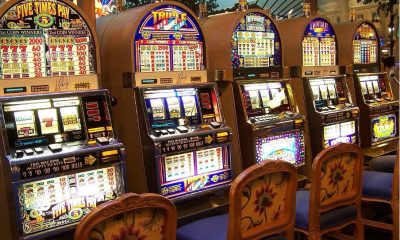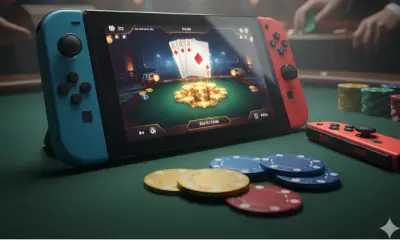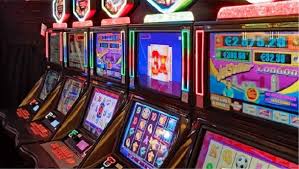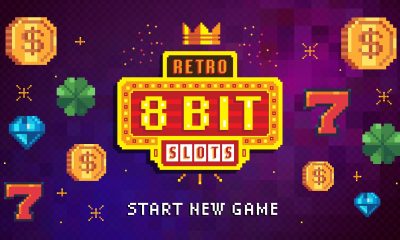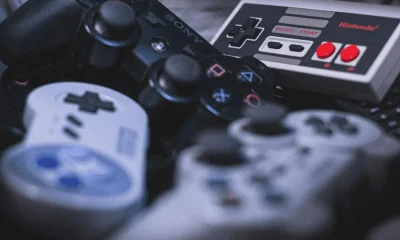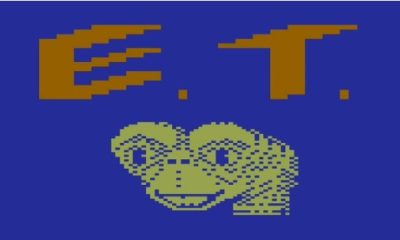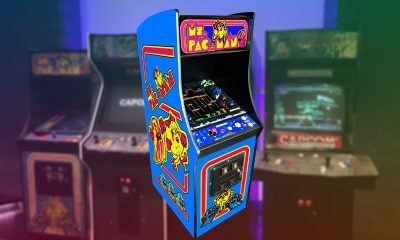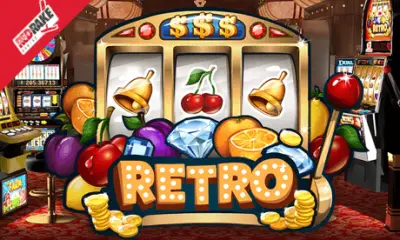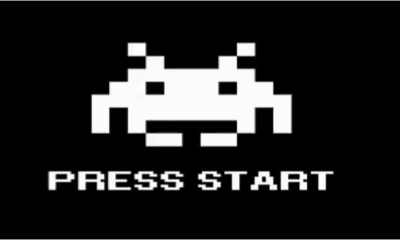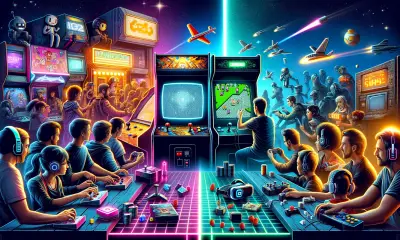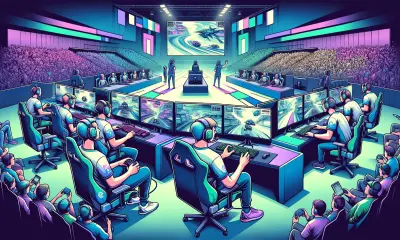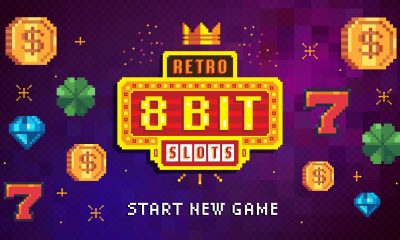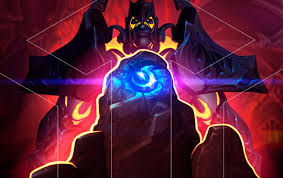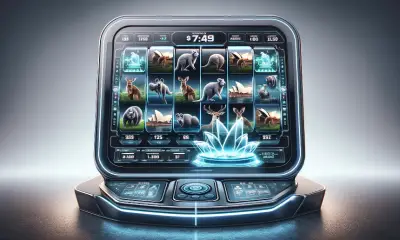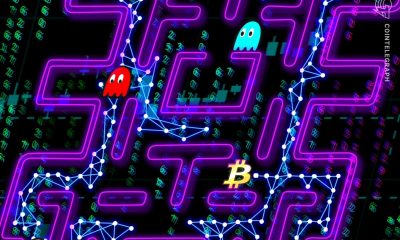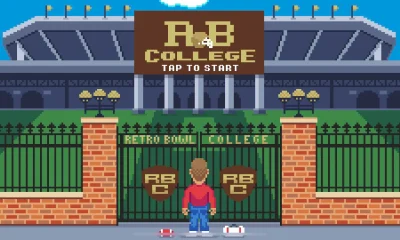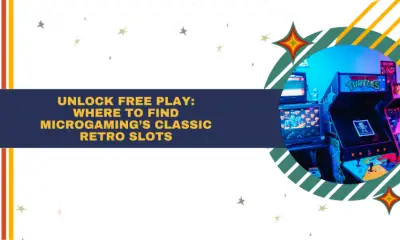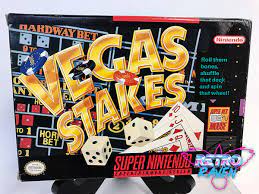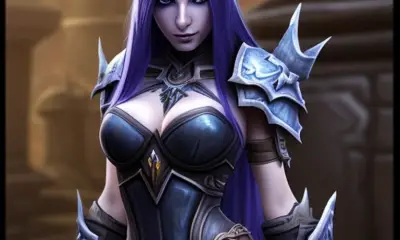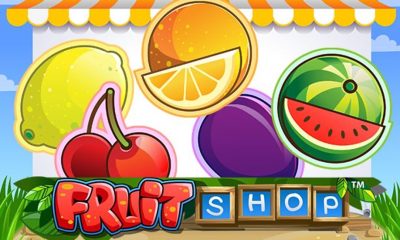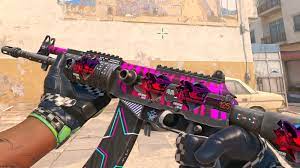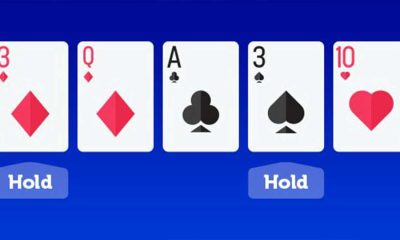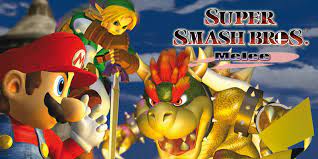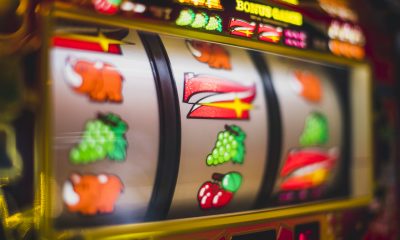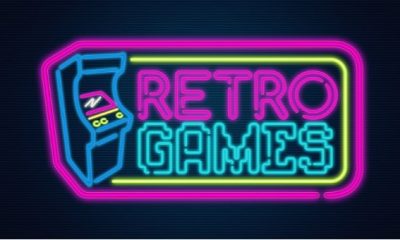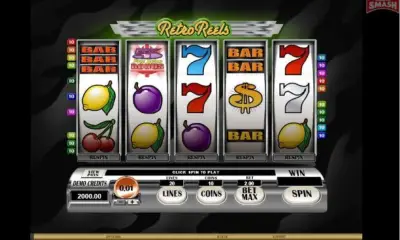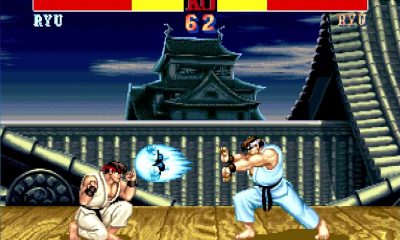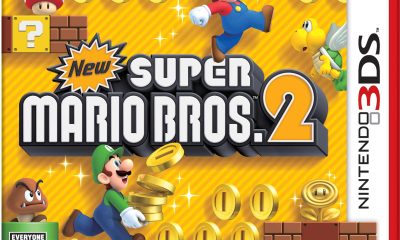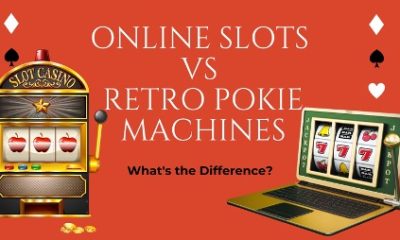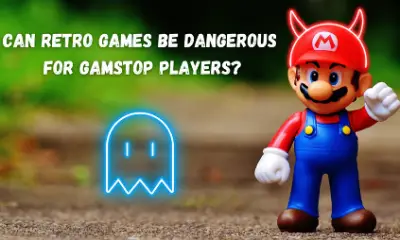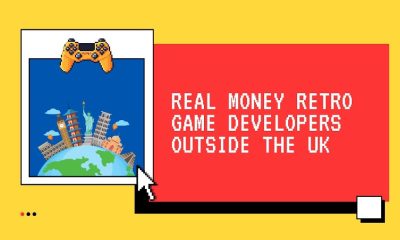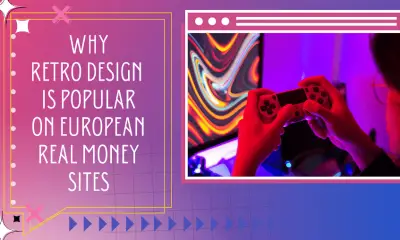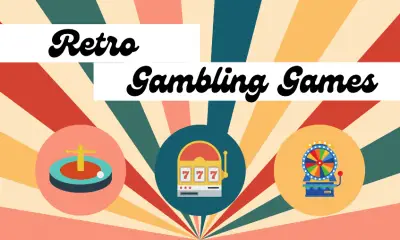Gaming
How Different Industries Are Using Techniques From Gaming to Attract and Retain Customers
-

-
by
PRG
From high-score tables to power-up progressions, retro video games laid the groundwork for the gamification strategies now used across industries. This article explores how different businesses, from fitness apps and financial services to platforms that offer access to a sportsbook in Indonesia and online casinos, are borrowing classic gaming mechanics to engage and retain customers, and why nostalgia still powers the way we play.
Retro video games weren’t just fun, they were foundational. From 8-bit point counters to high-score leaderboards and bonus lives, early game design taught players how to stay hooked, chase rewards and come back for more. Today, those same principles from classic arcades and early consoles are powering a wave of gamification across industries, turning everything from banking to betting into game-like experiences.
Whether you’re a fan of Donkey Kong’s climb-the-ladder progression or Tetris’s escalating challenges, you’ve already felt the addictive pull of what many modern businesses are now tapping into.
How Retro Games Laid the Foundation for Modern Gamification
Gamification isn’t new; it just has a new name. The fundamentals go all the way back to the golden age of gaming. Classic games taught us about:
- Progression: Think Mario’s level-by-level journey or Sonic’s zone-based missions.
- Achievements: Whether it was unlocking new characters in Mortal Kombat or getting a high score in Galaga, old-school games kept players striving for more.
- Scarcity and Rewards: Limited lives, rare power-ups and secret warp zones created stakes and excitement.
Modern industries have studied this blueprint closely. The result? Everyday experiences like the ones you can find if you are looking for a sportsbook in Indonesia and follow this link to the visit page, that now feel more like your favourite retro game: Complete with badges, levels and leaderboards.
Retail and Loyalty Programs Are Turning Shoppers into Players
Many retail brands have lifted ideas straight from the pixelated playbook. Nike, for instance, uses app-based challenges where you earn achievements, like digital trophies, for completing workout streaks, similar to how Mega Man rewarded consistency with new weapons.
Meanwhile, coffee chains like Starbucks use points systems and progress bars that mirror the satisfying meter-filling from games like Street Fighter II. Some brands even offer “level-up” memberships that unlock perks, mimicking the tier-based character progression found in RPGs like Final Fantasy.
Fitness and Wellness Apps Help By Gamifying Personal Goals
Apps like Strava, Fitbit and Headspace use retro-style mechanics to keep users engaged. Daily streaks feel like keeping your in-game character alive across multiple sessions. Even the idea of unlocking new “skins” or achievements is borrowed from classics where visual upgrades marked progress, think Samus Aran’s evolving Power Suit.
This sense of progression helps users associate effort with tangible, rewarding feedback, just like hitting a new high score or reaching the next level in Pac-Man.
Finance and Banking Turn Budgeting Into a Boss Battle
You might not expect it, but even budgeting apps are taking notes from games like Zelda and Chrono Trigger. Apps such as Monzo and Revolut use “quests” to guide users through financial goals, often with badge unlocks and confetti-style animations for completing tasks, very reminiscent of stage completion scenes in retro platformers.
Some digital banks even allow users to “level up” their savings account with progress meters and reward tiers, making financial responsibility feel more like earning extra lives in Contra.
Sportsbooks and Online Casinos Are Built on Game Mechanics
Of all industries, sportsbooks and online casinos have arguably drawn the most direct inspiration from classic games. Leaderboards, time-limited tournaments and daily login bonuses all mirror arcade hall competition and the tight feedback loops of games like Double Dragon or Street Fighter.
Many online casinos use experience points, tiered membership levels and loot-style bonuses, much like item unlocks in Castlevania. These features don’t just entertain, they create a cycle of anticipation and reward, deeply familiar to anyone who spent hours mastering a joystick.
Betting platforms also use challenges (“Place 5 bets to unlock a mystery reward!”) that echo Zelda’s puzzle-solving or Metroid’s hidden-door reveals, keeping engagement high and player curiosity piqued.
Travel and Hospitality Range From Frequent Flyers to Unlockable Levels
Airlines and hotel chains are getting in on the action, too. Loyalty tiers that give better perks for more usage are straight out of the playbook of games like Gauntlet or Golden Axe, where progress equaled power.
Some travel platforms now have gamified booking experiences, rewarding users with points for sharing reviews, hitting streaks for booking multiple trips, or unlocking badges for visiting new destinations. It’s not unlike completing the world map in Super Mario Bros. 3.
More Retro-Inspired Mechanics Likely Lie Ahead
As technology evolves, more companies are revisiting retro gaming’s greatest hits to inspire user engagement. Even AI-driven platforms are using pixel-art visuals, 8-bit sounds and nostalgia-driven rewards to make everyday tasks more fun.
The future of customer engagement might not just feel like a game; it might feel like the ones you grew up with. Whether it’s swiping through a dating app with power-up animations or tracking your monthly expenses via boss-battle metaphors, the heart of gaming continues to beat across industries.
Gamification isn’t just a trend; it’s a return to what made games great in the first place: Progression, reward, challenge and joy. And for fans of retro titles, it’s exciting to see the world finally catching up to the power of 8-bit magic.

- What Makes Real Money Online Casinos Appealing to Players?
- From Arcade Cabinets to Browser Tabs: How Retro Gaming Went Digital
- From Arcades to Apps: Decades of Gaming Culture
- On-Chain Game Design: What Web3 Actually Adds to Core Gameplay
- The Revival of Retro Games – The Best Setup for the Real Feel
- How Developers Make Money from Free-To-Play Games
- How Retro Level Design Explains Modern Jackpot Lobby Themes and Player Navigation
- What Features Players Look for the Most in Retro Online Casino Games
- The Journey of Arcade Games into Blockchain Slots
- When Classic Design Meets Modern Tech: How Old-School Games Inspire Today’s Live Platforms
- Retro Slot Games: Still a Good Bet?
- The State of Casino Gaming on the Nintendo Switch in 2025
- 5G and Retro Multiplayer: Revamping Classic NES Games for Online Mobile Battles
- Low-Power Tech for Mobile Gaming
- From Retro Casino Games to the Online Experience
- Retro casino games: a complete guide
- How Different Industries Are Using Techniques From Gaming to Attract and Retain Customers
- The Enduring Appeal of Retro-Style Games
- Level Up Your Gaming: How to Maximize Bonuses for Retro and Online Casino Fans (2025 Guide)
- Megaways vs. Retro Slots: Which Are Better?
- Treasure In Your Attic? The Most Sought-After Retro Games
- Reliving the Golden Era of Gaming with PlayRetroGames.com
- Remembering some of the worst retro games ever made
- Top Picks: The Best Retro Games to Play Online
- Rediscover the Magic: Retro Games Unleashed!
- From 8-Bit to High Stakes: The Retro Gaming Roots of CS:GO Case Battles
- The Best Retro Themed NFL Video Games
- 12 of the Most Influential Chinese-Themed Retro Games
- The Role of Sound and Graphics in Online Casino Games
- The Enduring Appeal of Classic Table Games in Online Gaming
- Why Super Puzzle Fighter Was a Precursor to the Age of Casual iGaming
- Top Online Casino Providers: A New Era in Gambling
- The Evolution of Fast Payouts in Gaming: From Retro Classics to Modern Platforms
- A nostalgic revolution among retro gamers: Migrating to the thrills of online casinos
- The Increasing Role of Apps in Online Gaming
- How Retro Games Are Evolving to Match A More Mobile Gaming Industry
- Retro Game Elements in Today’s Online Casino World
- Hidden Levels and Easter Eggs in Retro Games
- The History Of Gambling In Asia
- Retro Video Game Mechanics in Casino Games
- Most Popular AK-47 Skins in CS2 and Their Prices
- The Psychology Behind Online Gambling: Why We Keep Coming Back
- Casual vs. Risky Plays: Balancing Fun with Crash Games and Retro Slots
- From 80s Arcades to Online Casinos: How Retro Video Games Inspired Modern Casino Games
- Why Poker Has Stood the Test of Time
- Tower.bet Loyalty Program: How to Earn Extra Bonuses
- What is the appeal of playing retro games?
- How Live Streaming is Revolutionizing Sports Betting
- Classic Retro Casino Slots
- Esports Tournament to Look and Bet On


